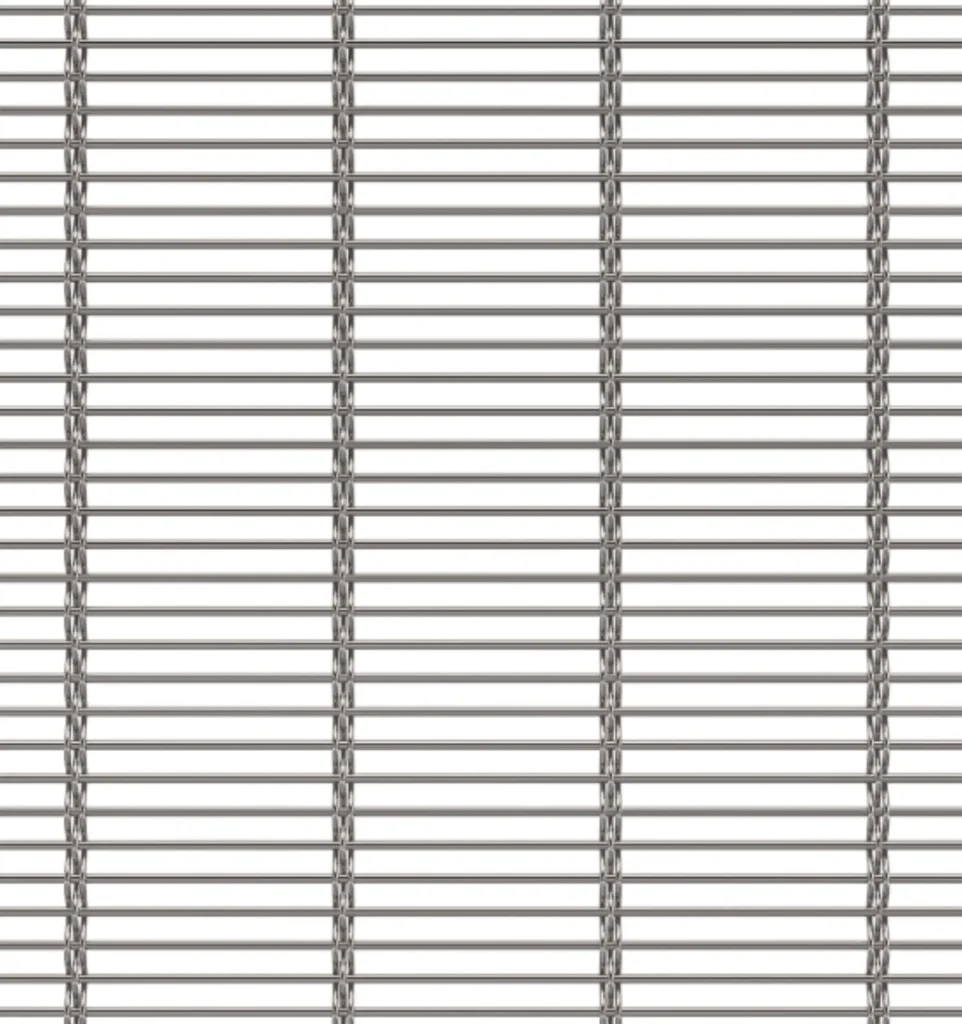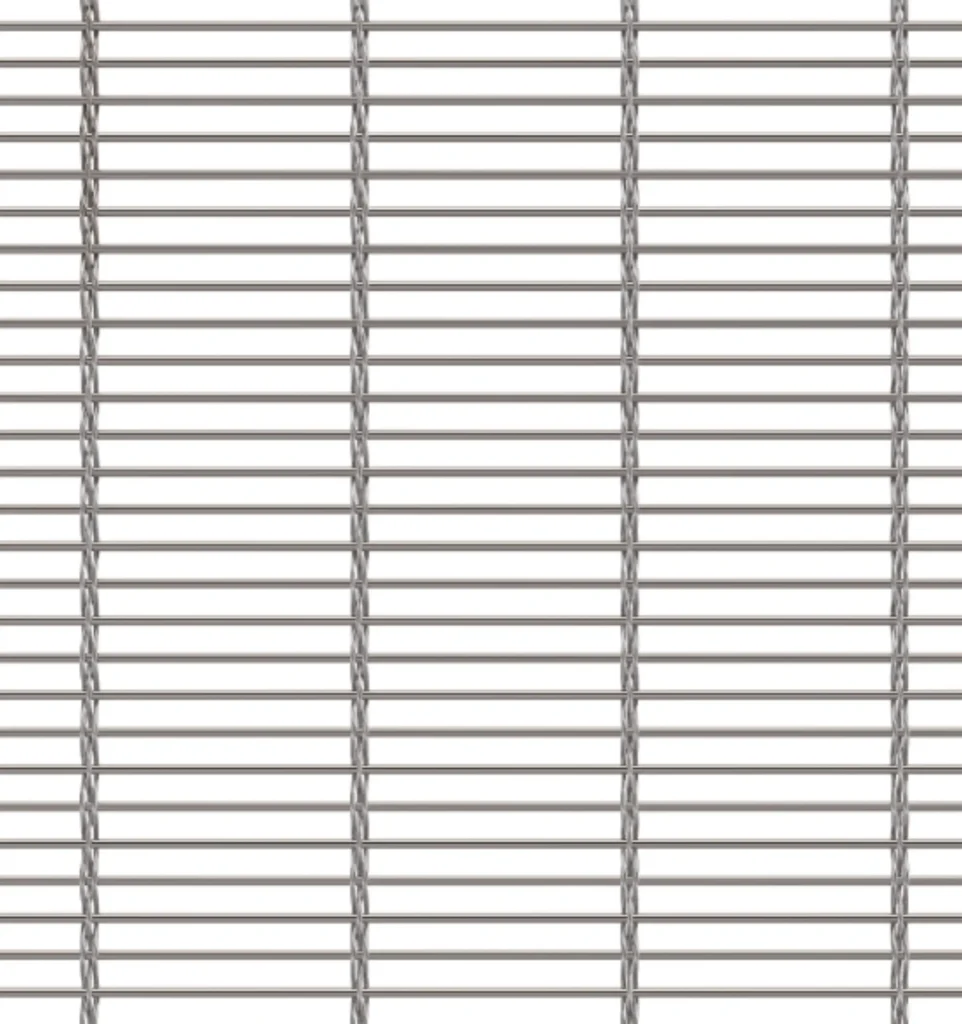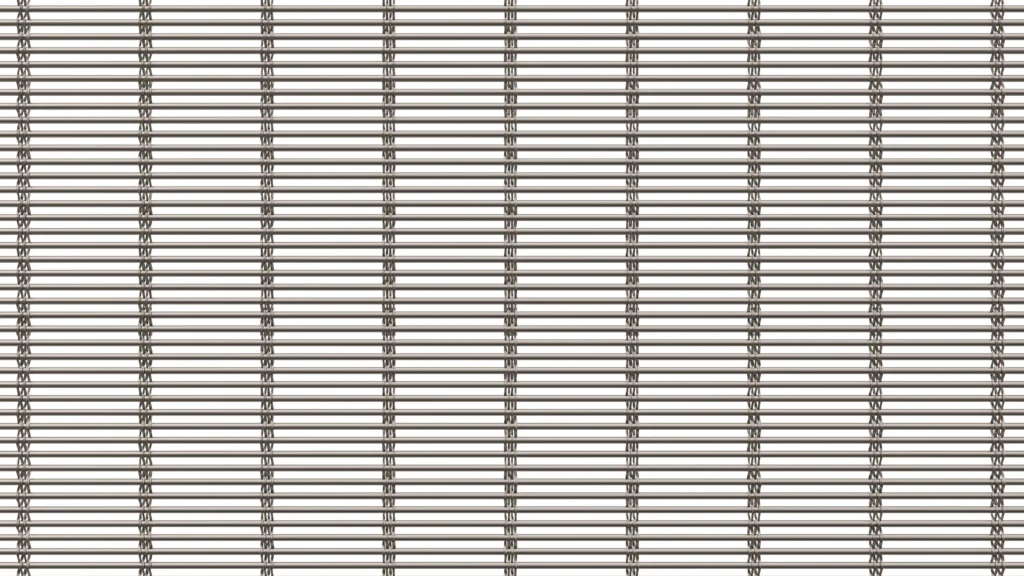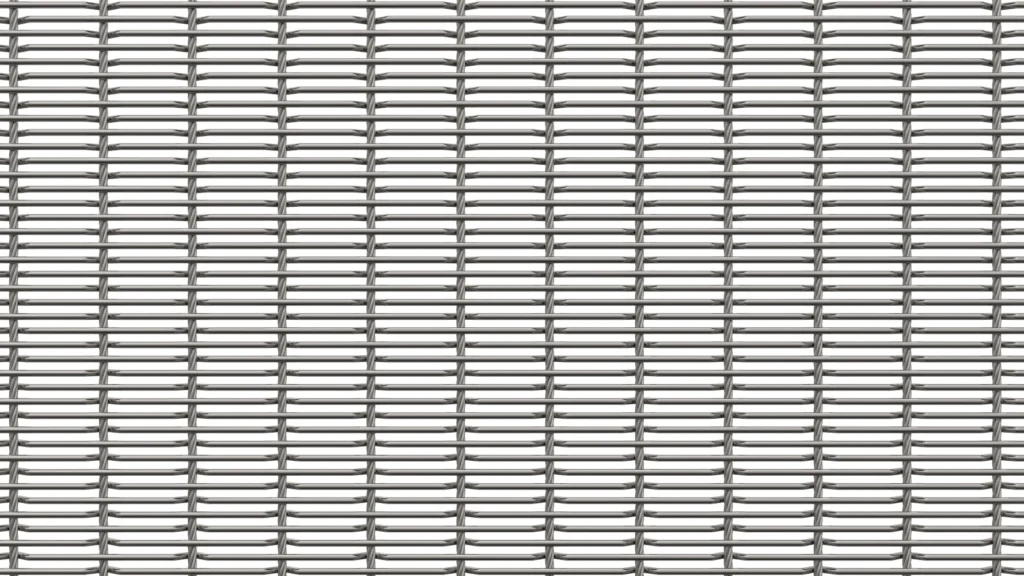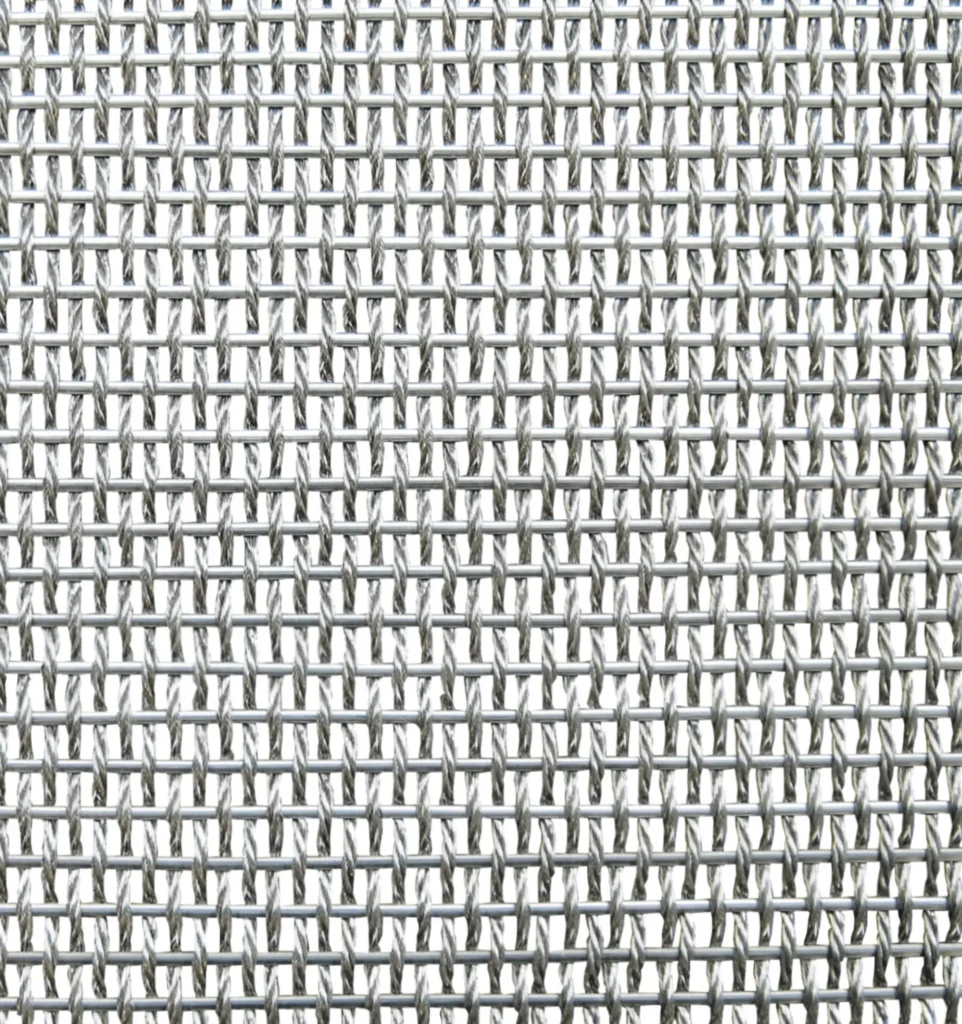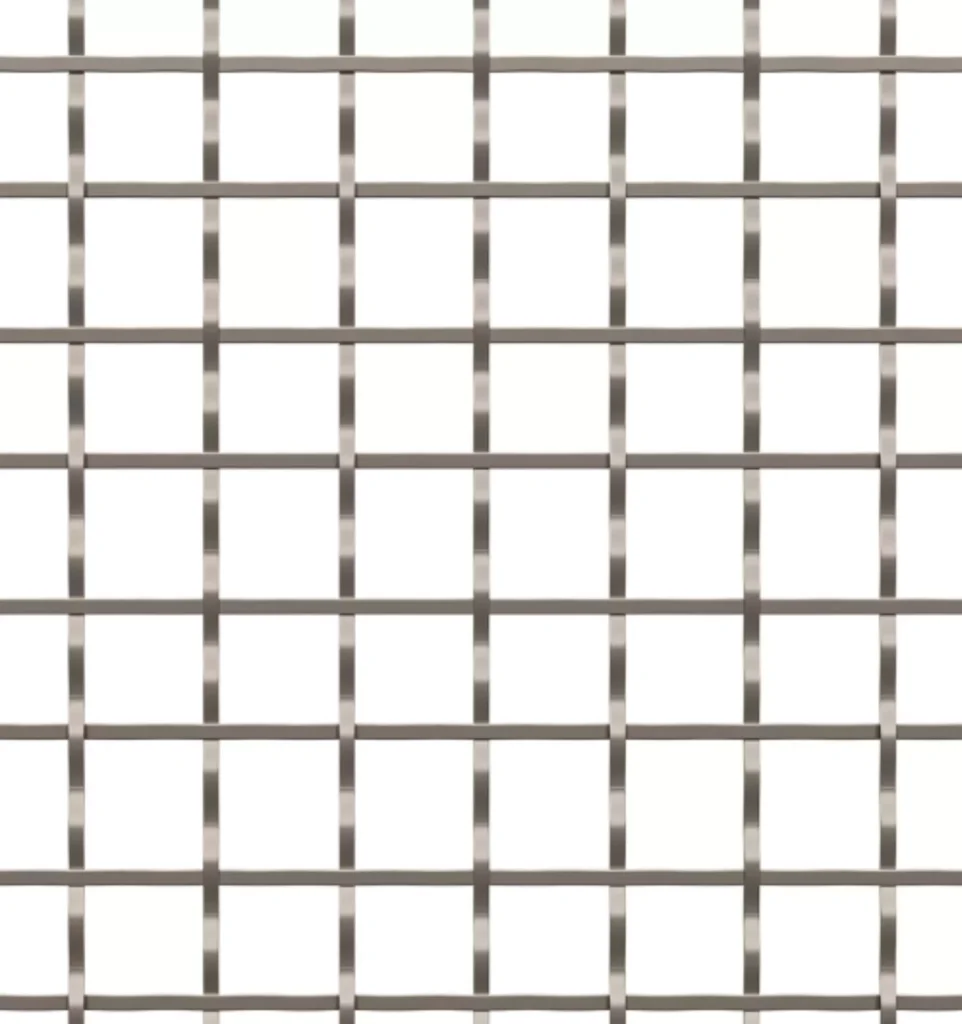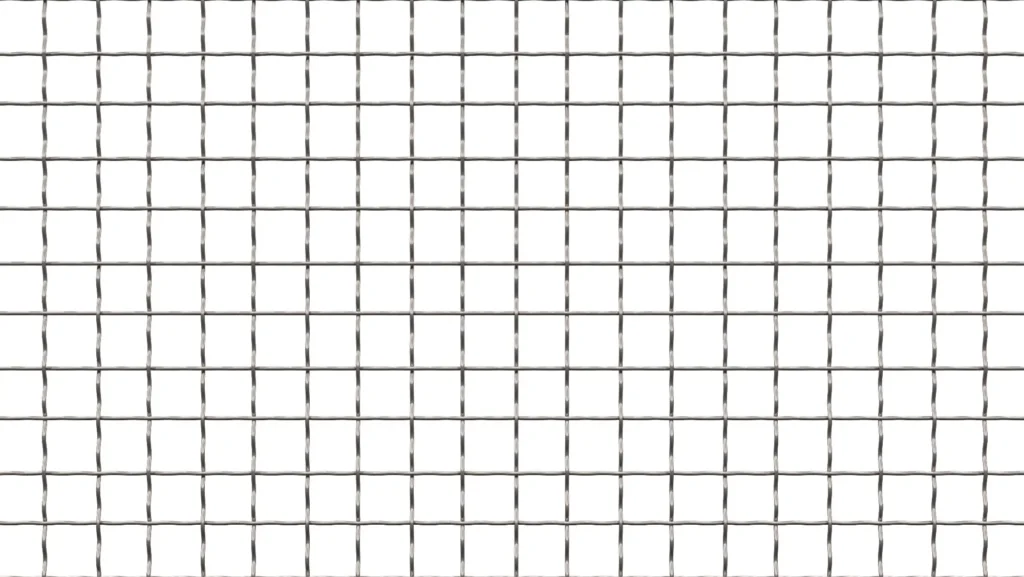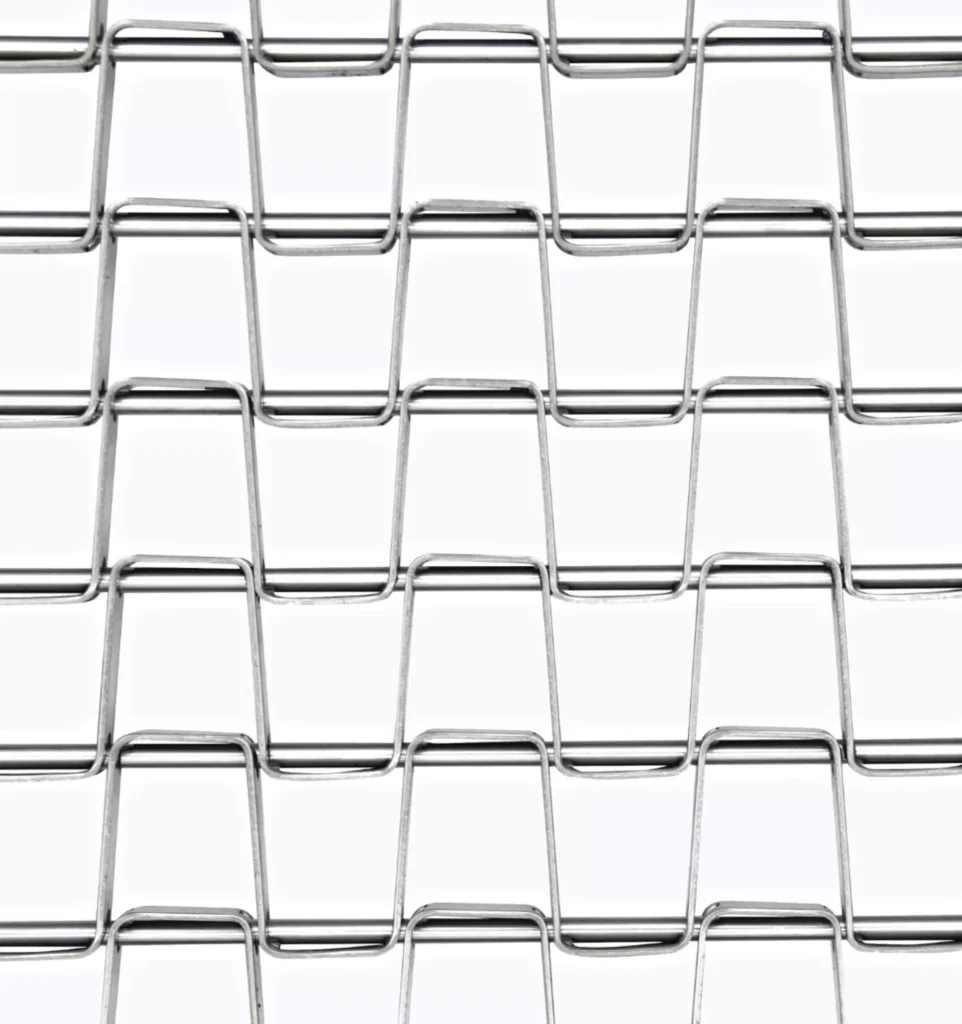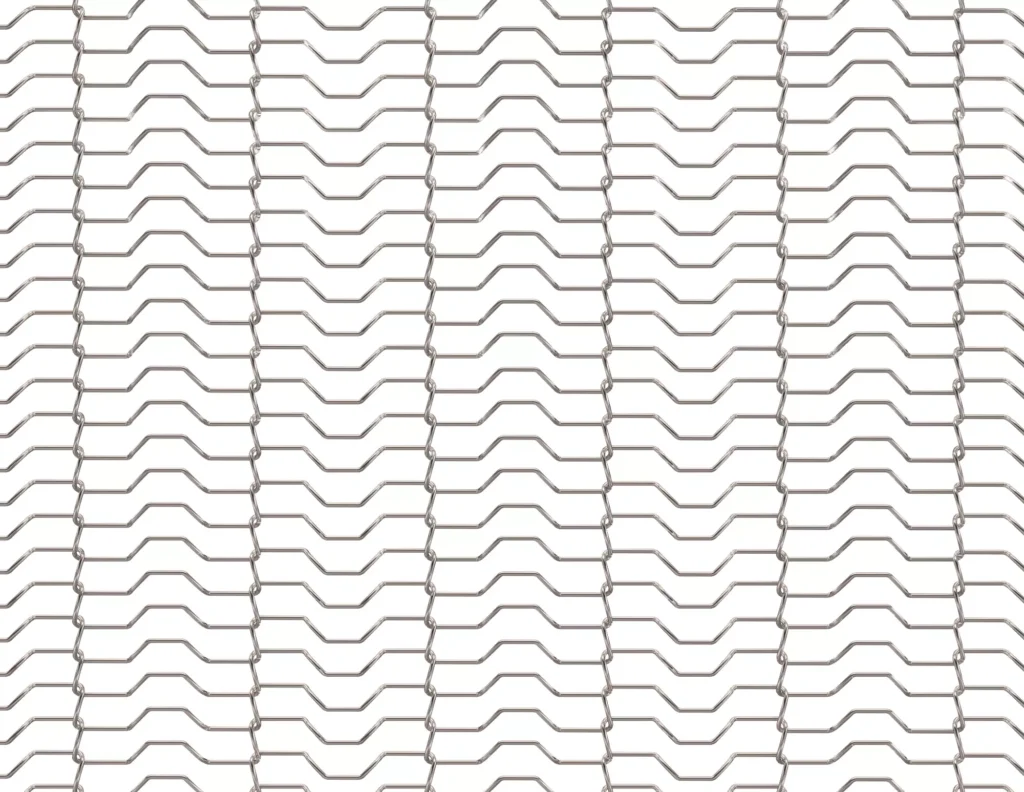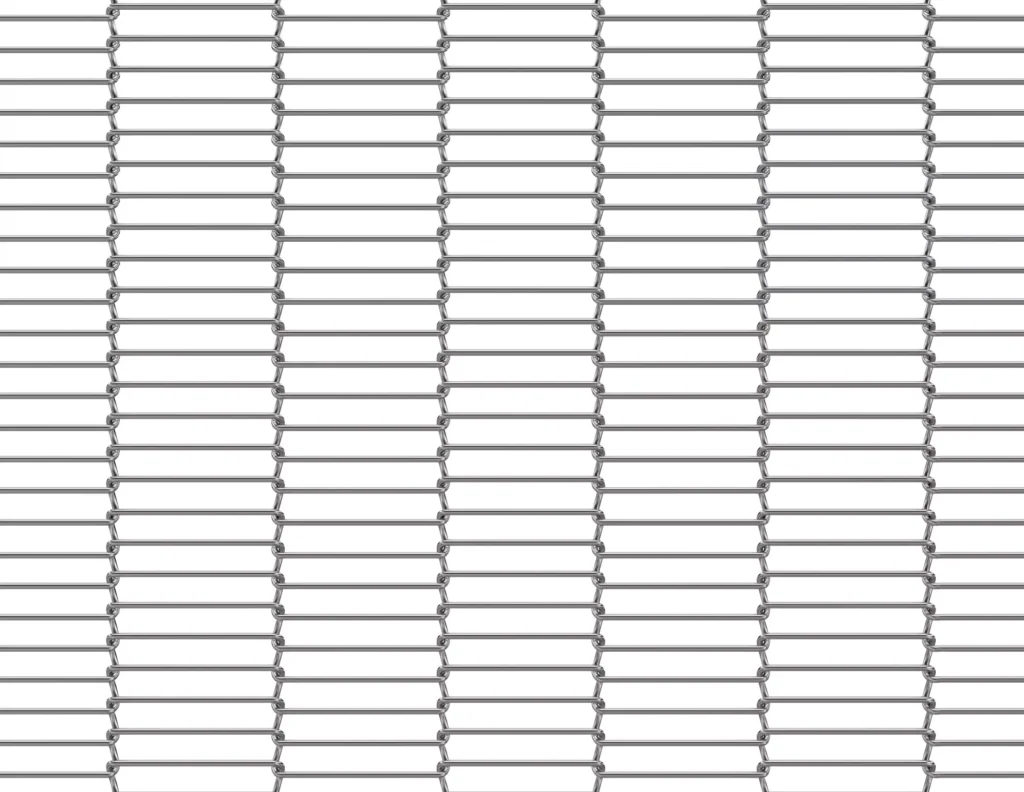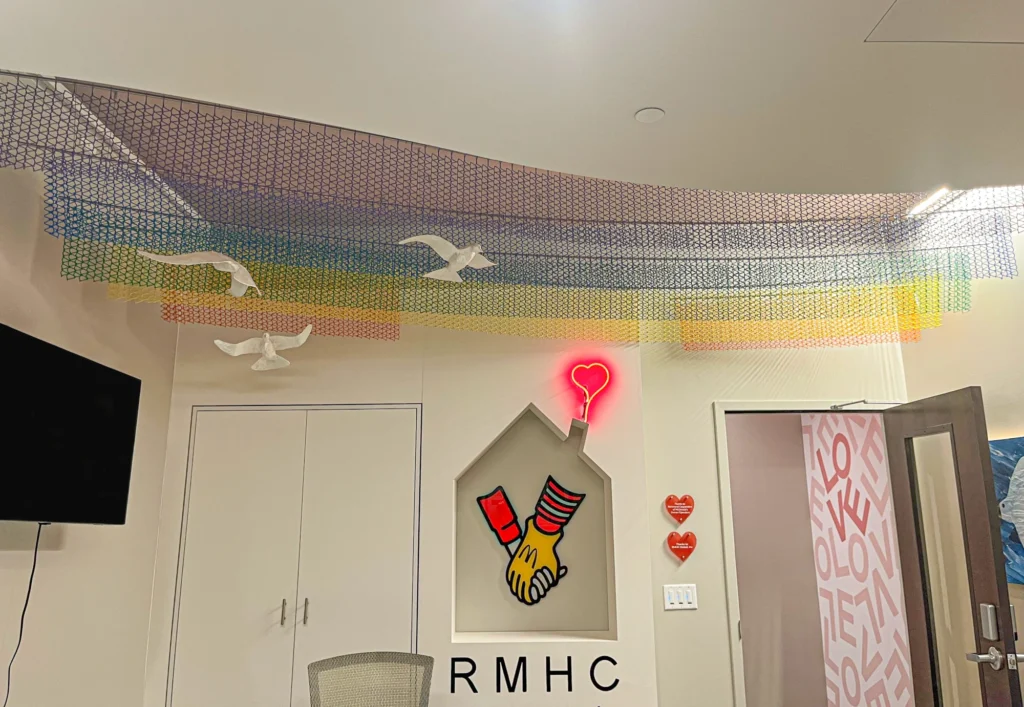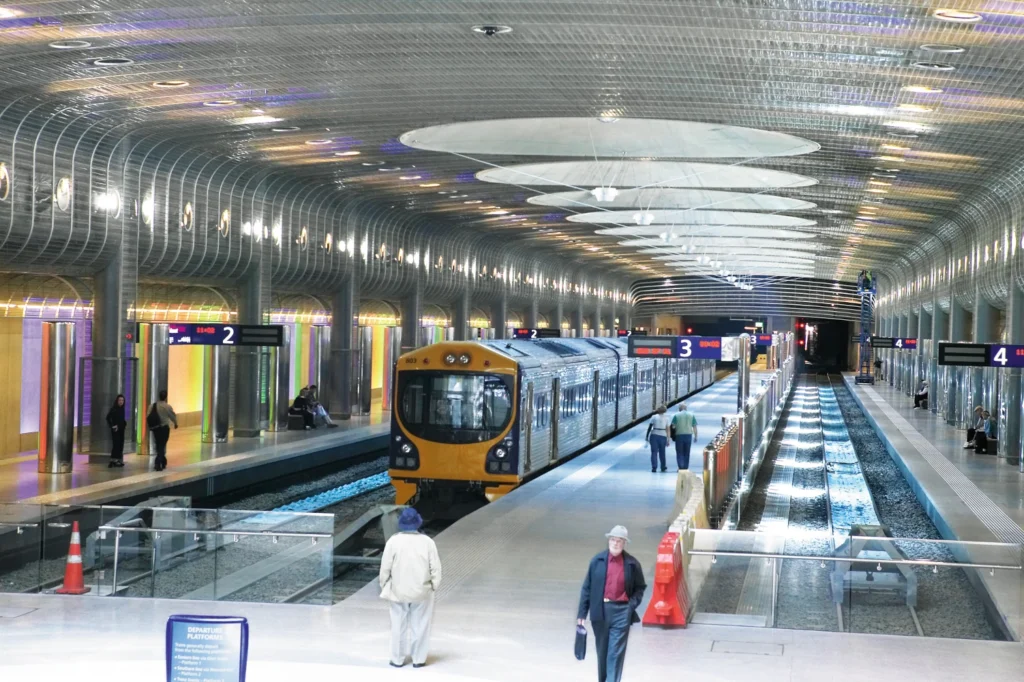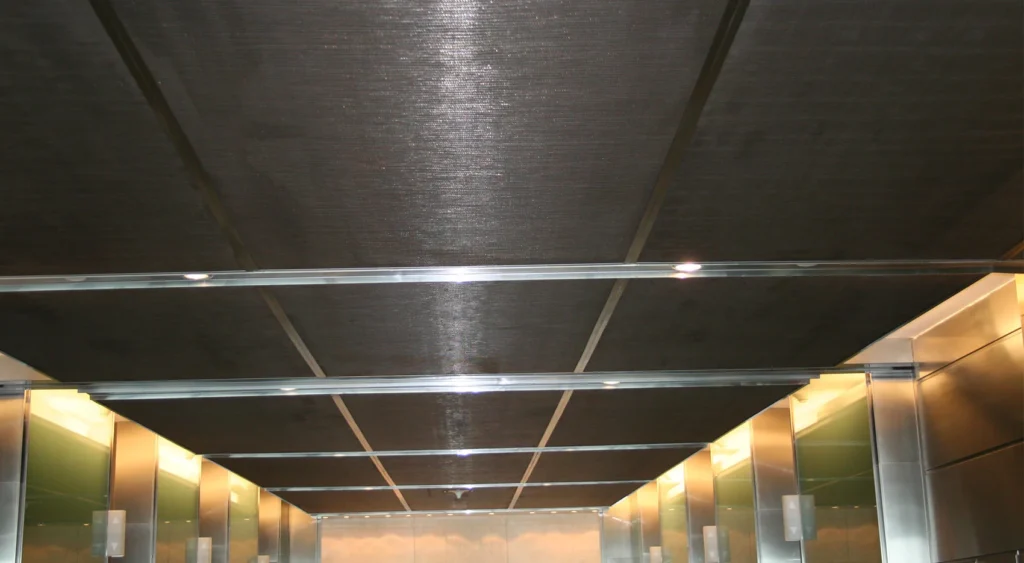Metal Ceilings
Metal ceilings are ideal for having a roof with less maintenance, reducing the sensation of high ceilings, soundproofing and giving a touch of modernity to the building.
Interior metal ceilings can be used as cladding or to create a second ceiling to beautify spaces and give them a more modern, industrial or original aesthetic.
Metal ceilings made with our meshes
Advantages of Metal Ceilings
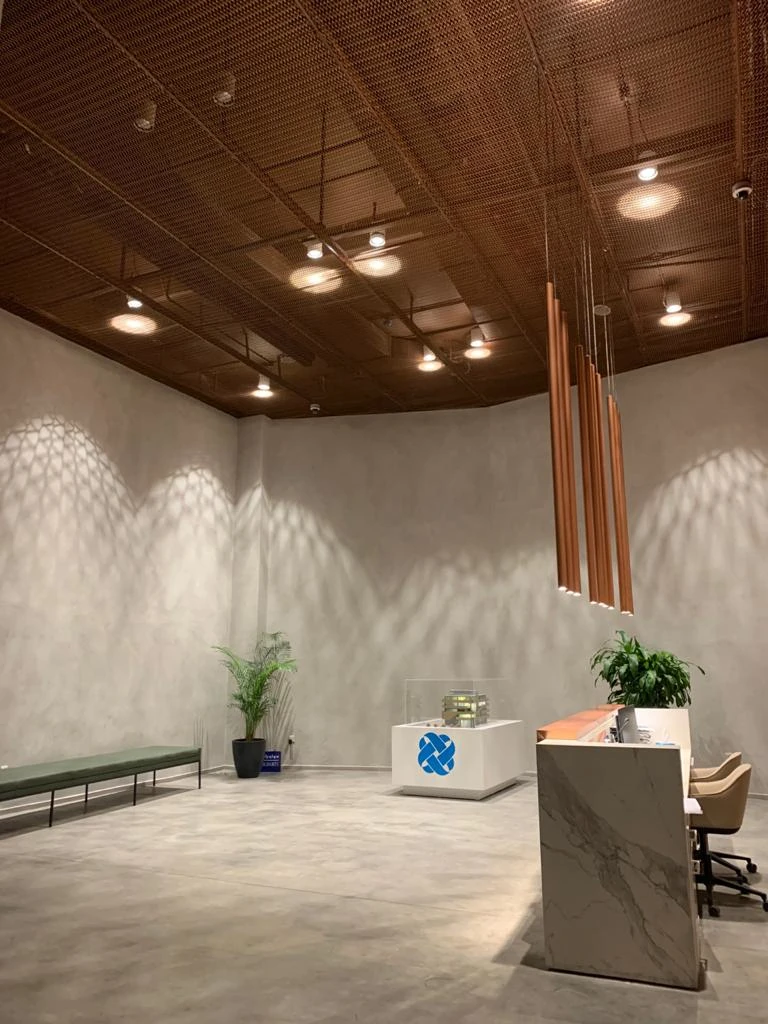
Metal ceilings offer a high-tech appearance.
They offer a range of benefits, including durability, acoustic control, insulation, and cavity access. These ceilings are used in a variety of commercial and non-residential buildings, including hospitals, schools, airports, and universities.
The metal fabric used in a metal ceiling is a honeycomb structure, allowing architects to design a variety of new shapes. In addition to allowing for customization, it eliminates the need for bowing and sagging. Additionally, it’s a remarkably durable material, and it doesn’t change shape with age. It is also highly resistant to rust and corrosion.
Metal ceilings can be custom designed to meet a wide variety of acoustic needs. They are also easy to install. Since they aren’t subject to deterioration, they are extremely low maintenance. However, they do need to be installed with a perforated panel. This is because the size and number of perforations determine the ceiling’s ability to absorb sound.
Some metal ceiling designs are also specified to comply with performance requirements for humidity, wind loads, and fire safety. These designs can also be integrated with other services to add even more functionality to a space. For example, a metal ceiling can be designed to include lighting, sound-absorbent fleece, or other materials.
Read more
In addition to being a durable, eco-friendly product, metal ceilings also help to reduce waste to landfills. They can last for up to 50 years. As a result, they are a cost-effective choice for interior and exterior applications.
They are available in a number of different colours and finishes. The most common are white, black, and silver. Custom colors and finishes can also be used. There are several different types of perforations, including square, circular, and diagonal patterns. Most manufacturers offer standard and custom perforations to provide a wide variety of options.
Metal ceilings are often used in combination with suspended ceiling systems for added acoustic performance. If acoustic performance is not the primary focus, the sleek appearance and eye-catching visuals of a metal ceiling can enhance the overall design of a space. Specifying a metal ceiling system is an excellent way to ensure that your project will stand out from the rest.
Our metal ceiling systems are virtually free of hazardous materials and can be recycled at the end of their service life.
Whether your project is residential or commercial, metal ceilings are a practical and affordable option. While they may appear pricey at first glance, they are very inexpensive to install and maintain. Their longevity, durability, and flexibility are all reasons to choose them over other more conventional ceiling solutions.
The popularity of metal ceilings is growing. These ceilings are becoming a standard in many construction projects. They have a high-tech look and offer many benefits, including acoustic control, insulation, cavity access, and hygienic features.
